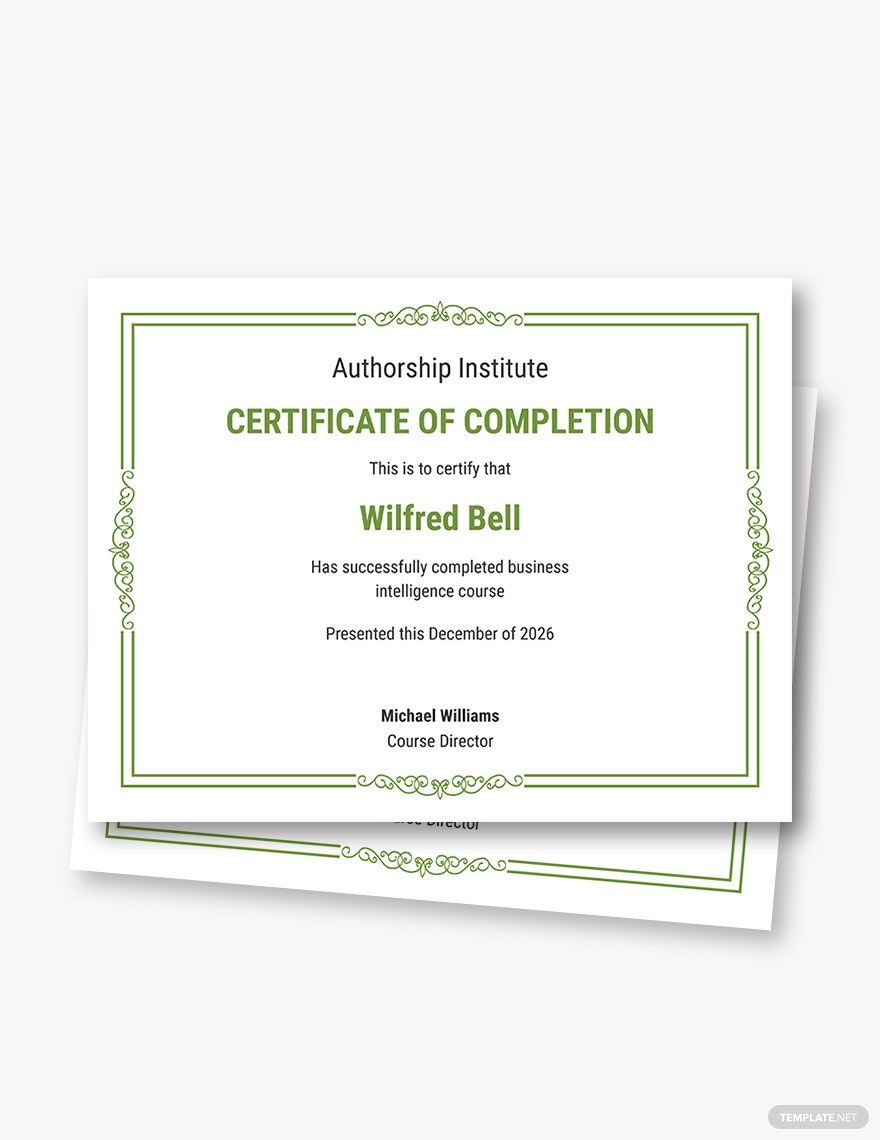What is Abdominal Bruising After a Car Accident?
After a car accident, it’s not uncommon to experience some level of bruising. But what if the bruising is in your abdomen? Abdominal bruising after a car accident can be a sign of serious internal injuries. That’s why it’s important to seek medical attention as soon as possible if you experience any abdominal pain or discomfort following a crash.
Abdominal bruising occurs when the organs or tissues within the abdomen are injured. This can happen when the abdomen is struck by a blunt object, such as the steering wheel or dashboard. The force of the impact can cause the organs to bleed or bruise. In some cases, the bruising can be so severe that it can lead to organ damage.
The symptoms of abdominal bruising can vary depending on the severity of the injury. Some common symptoms include:
- Abdominal pain
- Vomiting
- Nausea
- Diarrhea
- Constipation
- Abdominal swelling
- Bruising or discoloration of the abdomen
- Fever
- Chills
If you experience any of these symptoms after a car accident, it’s important to seek medical attention immediately. Early diagnosis and treatment can help to prevent serious complications.
What is Abdominal Bruising After a Car Accident?
Abdominal bruising after a car accident is a common injury that can range from mild to severe. In mild cases, bruising may be the only symptom. However, in more severe cases, bruising can be accompanied by pain, tenderness, swelling, nausea, vomiting, and difficulty urinating or defecating. If you experience any of these symptoms after a car accident, it is important to seek medical attention immediately.
Symptoms of Abdominal Bruising After a Car Accident
The severity of your symptoms will depend on the extent of your injuries. In mild cases, you may only experience minor pain and tenderness. However, in more severe cases, you may experience severe pain, bruising, swelling, nausea, vomiting, and difficulty urinating or defecating. If you experience any of these symptoms, it is important to seek medical attention immediately.
What Causes Abdominal Bruising After a Car Accident?
Abdominal bruising after a car accident is caused by the impact of the crash. When your body is suddenly forced to stop, your organs can be bruised or damaged. In some cases, the impact of the crash can also cause internal bleeding. If you experience any of the symptoms of abdominal bruising after a car accident, it is important to seek medical attention immediately.
How is Abdominal Bruising After a Car Accident Treated?
The treatment for abdominal bruising after a car accident will depend on the severity of your injuries. In mild cases, treatment may only involve rest and pain medication. However, in more severe cases, surgery may be necessary to repair damaged organs or stop internal bleeding.
How Can I Prevent Abdominal Bruising After a Car Accident?
There is no surefire way to prevent abdominal bruising after a car accident. However, there are some things you can do to reduce your risk of injury, such as wearing a seat belt and driving safely.
Abdominal Bruising After a Car Accident: A Guide to Causes and Treatment
If you’ve been involved in a car accident, you may be experiencing abdominal bruising. This is a common injury that can occur when the impact of the crash causes damage to the abdomen. While abdominal bruising can be painful, it’s usually not a serious injury. However, it’s important to seek medical attention if you’re experiencing severe pain or other symptoms, such as nausea, vomiting, or dizziness.
Causes of Abdominal Bruising After a Car Accident
The impact of a car accident can cause a variety of injuries to the abdomen, including bruising. Bruising occurs when blood vessels under the skin are damaged, causing blood to leak into the surrounding tissue. This can lead to pain, swelling, and discoloration of the skin. The severity of the bruising will depend on the extent of the damage to the blood vessels.
In addition to bruising, a car accident can also cause more serious injuries to the abdomen, such as internal bleeding, organ damage, or tears in the abdominal muscles, ligaments, or blood vessels. These injuries can be life-threatening and require immediate medical attention.
Symptoms of Abdominal Bruising
The symptoms of abdominal bruising can vary depending on the severity of the injury. Some common symptoms include:
- Pain in the abdomen
- Swelling
- Bruising
- Nausea
- Vomiting
- Dizziness
When to Seek Medical Attention
It’s important to seek medical attention if you’re experiencing any of the following symptoms after a car accident:
- Severe pain in the abdomen
- Nausea and vomiting
- Dizziness
- Bruising that is increasing in size or severity
- Any other symptoms that are concerning you
Even if you’re not experiencing any symptoms, it’s still a good idea to see a doctor after a car accident. This is especially important if you were involved in a high-speed collision or if you were hit by a large vehicle.
Treatment for Abdominal Bruising
The treatment for abdominal bruising will depend on the severity of the injury. In most cases, treatment will involve rest and pain medication. In some cases, surgery may be necessary to repair damaged organs or blood vessels.
With proper treatment, most people with abdominal bruising will make a full recovery. However, it’s important to follow your doctor’s instructions carefully to ensure that you heal properly.
Abdominal Bruising After a Car Accident: What to Do
Abdominal bruising after a car accident is a common and painful injury. The impact of a collision can cause blood vessels to rupture and bleed, leading to bruising and swelling. In some cases, abdominal bruising can also be a sign of more serious internal injuries. If you have abdominal bruising after a car accident, it is important to seek medical attention as soon as possible to rule out any underlying health problems.
Symptoms of Abdominal Bruising
The symptoms of abdominal bruising can vary depending on the severity of the injury. However, some common symptoms include:
Treatment for Abdominal Bruising After a Car Accident
Treatment for abdominal bruising typically involves rest, pain management, and surgery if necessary to repair damaged organs or tissues.
Rest
One of the most important things you can do to treat abdominal bruising is to rest. This will help to reduce pain and swelling and give your body time to heal. You should avoid strenuous activity and heavy lifting for at least a few days after your injury.
Pain Management
Over-the-counter pain relievers, such as ibuprofen or acetaminophen, can be used to help relieve pain and inflammation. You can also apply a cold compress to the bruised area to help reduce swelling.
Surgery
In some cases, surgery may be necessary to repair damaged organs or tissues. This is typically only necessary if the bruising is severe or if there is internal bleeding. Surgery can be performed laparoscopically, which is a minimally invasive procedure that involves making small incisions in the abdomen. This type of surgery is less painful and has a shorter recovery time than traditional open surgery.
Abdominal Bruising After a Car Accident
After a car accident, any pain or discomfort should not be taken lightly, especially if you are experiencing abdominal bruising. Abdominal bruising can occur when the body is subjected to blunt force trauma, which can cause damage to the soft tissues and organs in the abdomen. Symptoms of abdominal bruising can include pain, swelling, tenderness, and discoloration of the skin. In addition, internal injuries, such as bleeding or organ damage, may also occur. If you are experiencing any of these symptoms, it is important to seek medical attention immediately.
Recovery Time for Abdominal Bruising After a Car Accident
The recovery time for abdominal bruising after a car accident can vary depending on the severity of the injury. Minor bruising typically heals within a few weeks, while more severe bruising may take several months to heal completely. In some cases, abdominal bruising may lead to complications, such as infection or blood clots, which can prolong the recovery time. It is important to follow your doctor’s instructions carefully and to attend all follow-up appointments in order to ensure a full recovery.
Treatment for Abdominal Bruising After a Car Accident
The treatment for abdominal bruising after a car accident will depend on the severity of the injury. Minor bruising may be treated with rest, ice, compression, and elevation (RICE). More severe bruising may require medical treatment, such as pain medication, antibiotics, or surgery. In some cases, hospitalization may be necessary to monitor the injury and provide treatment.
Complications of Abdominal Bruising After a Car Accident
Although abdominal bruising is typically not a life-threatening injury, it can lead to complications in some cases. These complications can include infection, blood clots, and organ damage. Infection can occur if the bruised area becomes contaminated with bacteria. Blood clots can form in the veins around the bruised area, which can lead to pain, swelling, and difficulty walking. Organ damage can occur if the bruising is severe enough to damage the organs in the abdomen.
If you are experiencing any of the following symptoms, it is important to seek medical attention immediately:
- Increased pain or swelling in the abdomen
- Fever or chills
- Nausea or vomiting
- Difficulty breathing
- Blood in the urine or stool
Preventing Abdominal Bruising After a Car Accident
There is no surefire way to prevent abdominal bruising after a car accident, but there are some things you can do to reduce your risk. These include:
- Wearing a seat belt
- Driving defensively
- Avoiding alcohol and drugs while driving
- Getting regular exercise
- Eating a healthy diet
Abdominal Bruising After a Car Accident: What You Need to Know
You might think a seatbelt is just an uncomfortable inconvenience, but it can save your life. After all, it’s what’s standing between you and a devastating impact if you’re in a car accident. But if you’re not careful, that seatbelt can also cause some nasty injuries, including abdominal bruising.
Abdominal bruising after a car accident is a common but serious injury. It occurs when the force of the impact causes blood vessels in the abdomen to rupture, leading to bleeding and the formation of a bruise. While abdominal bruising is often painful, it can also be a sign of more serious internal injuries.
Symptoms of Abdominal Bruising
The symptoms of abdominal bruising can vary depending on the severity of the injury. Some common symptoms include:
- Pain in the abdomen
- Tenderness to the touch
- Swelling
- Bruising
- Nausea
- Vomiting
Complications of Abdominal Bruising
In most cases, abdominal bruising is not a serious injury. However, there are some potential complications that can occur, including:
Infection
If the bruise becomes infected, it can cause fever, chills, and sepsis.
Internal Bleeding
If the bleeding from the ruptured blood vessels is severe, it can lead to internal bleeding. This can be life-threatening if not treated promptly.
Organ Failure
In rare cases, abdominal bruising can damage the organs in the abdomen. This can lead to organ failure, which can be fatal.
Long-Term Pain or Disability
In some cases, abdominal bruising can cause long-term pain or disability. This is especially true if the injury damages the nerves or muscles in the abdomen.
Treatment for Abdominal Bruising
The treatment for abdominal bruising will depend on the severity of the injury. In most cases, treatment will involve rest, ice, compression, and elevation (RICE). In some cases, surgery may be necessary to repair damaged blood vessels or organs.
When to See a Doctor
It is important to see a doctor if you experience any of the following symptoms after a car accident:
- Severe pain in the abdomen
- Tenderness to the touch
- Swelling
- Bruising
- Nausea
- Vomiting
These symptoms could be a sign of a more serious injury, and it is important to get medical attention as soon as possible.
Abdominal Bruising After a Car Accident: What You Need to Know
Abdominal bruising after a car accident is a common injury that can cause significant pain and discomfort. The force of the impact can damage your abdominal muscles, organs, and blood vessels, leading to bruising and other injuries. While some bruising may be minor and resolve on its own, more severe bruising may require medical attention. In this article, we’ll explore the causes, symptoms, and treatment options for abdominal bruising after a car accident, and provide tips on how to prevent this type of injury.
Causes of Abdominal Bruising After a Car Accident
Abdominal bruising after a car accident is most commonly caused by the impact of the vehicle’s seatbelt. When you’re in a car accident, your body is thrown forward and the seatbelt restrains your upper body, causing the force of the impact to be concentrated on your abdomen. This can damage your abdominal muscles, organs, and blood vessels, leading to bruising and other injuries. In some cases, the impact of the accident can also cause your body to strike the steering wheel or dashboard, which can also result in abdominal bruising.
Symptoms of Abdominal Bruising After a Car Accident
The symptoms of abdominal bruising after a car accident can vary depending on the severity of the injury. Some common symptoms include:
- Pain in the abdomen
- Tenderness to the touch
- Bruising or discoloration of the abdomen
- Swelling of the abdomen
- Nausea
- Vomiting
- Difficulty breathing
Treatment Options for Abdominal Bruising After a Car Accident
The treatment for abdominal bruising after a car accident will depend on the severity of the injury. Minor bruising may not require any treatment and will resolve on its own within a few days. More severe bruising may require medical attention, such as pain relievers, antibiotics, or surgery. In some cases, abdominal bruising may be a sign of more serious internal injuries, such as bleeding or organ damage. If you experience any of the following symptoms, it’s important to seek medical attention immediately:
- Severe pain in the abdomen
- Tenderness to the touch
- Bruising or discoloration of the abdomen
- Swelling of the abdomen
- Nausea
- Vomiting
- Difficulty breathing
Preventing Abdominal Bruising After a Car Accident
There are a number of things you can do to reduce your risk of abdominal bruising after a car accident, including:
- Wearing a seatbelt properly
- Maintaining a safe driving distance
- Avoiding distractions while driving
- Driving in a safe and responsible manner
Conclusion
Abdominal bruising after a car accident is a common injury that can cause significant pain and discomfort. While some bruising may be minor and resolve on its own, more severe bruising may require medical attention. By following the tips outlined in this article, you can reduce your risk of abdominal bruising after a car accident and protect your health.




Leave a Reply